June 22, 2025 | 02:09 GMT +7
June 22, 2025 | 02:09 GMT +7
Hotline: 0913.378.918
June 22, 2025 | 02:09 GMT +7
Hotline: 0913.378.918
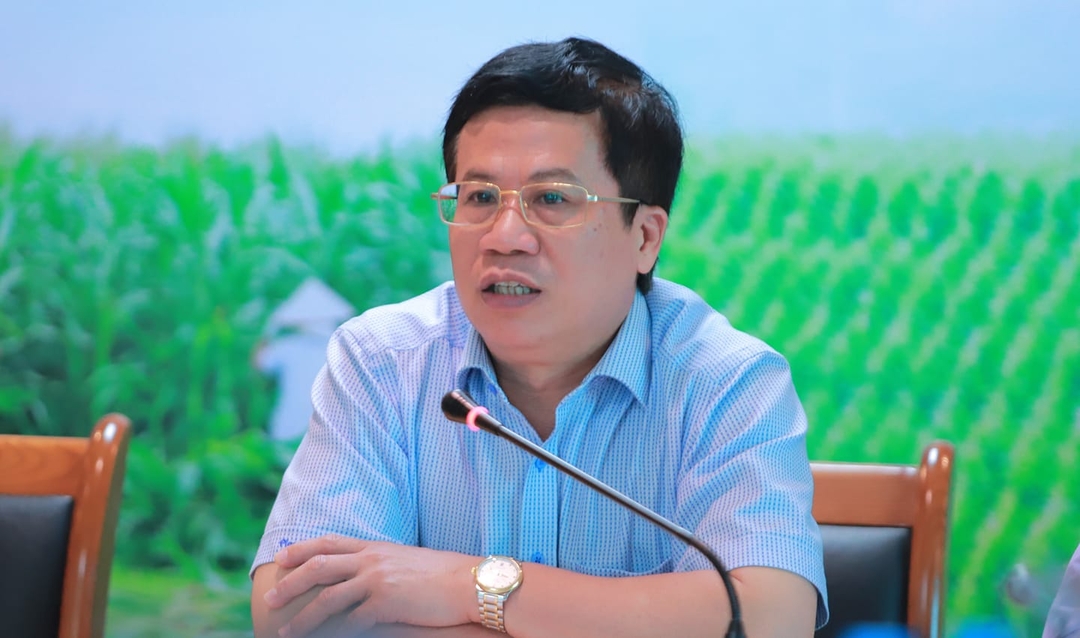
Tong Xuan Chinh, Deputy Director of the Department of Livestock Production talks about the strategy for livestock development from now to 2030. Photo: BT.
Speaking at the seminar "Building raw material areas for the animal feed industry, promoting the development of a sustainable and efficient livestock industry" by the Nông thôn ngày nay ( Countryside Today) Newspaper in collaboration with the National Centre for Agricultural Extension and the Department of Livestock Production (Ministry of Agriculture and Rural Development) on October 28, Deputy Director of the Department of Livestock Production Tong Xuan Chinh said that animal feed was a big issue because it accounted for about 65-70 per cent of total production costs.
According to a survey by the department, Vietnam's 269 animal feed factories need about 32 million tonnes of raw materials, but the domestic supply only meets about 35 per cent.
"Currently, our country is shifting from small householder farming to large-scale animal husbandry. Moreover, it is facing a shortage of raw material supply, thus the demand for industrial feed is huge," Chinh said.
To further clarify the shortage of raw materials, Nguyen Huy Cuong, Seed Industry Director of Syngenta Vietnam Co., Ltd said that Vietnam's yield of corn for grain reached about 5 tonnes per ha, not as much as half of those in other countries such as the US, Brazil or Argentina (about 10-11 tonnes per ha).
In addition to varieties, maize-growing households also face a barrier relating to growing areas.
Cuong said that in mountainous areas, the average farming area of a household was about 2-3 hectares, and the highest area does not exceed 5 hectares. In the delta, the area was only about 1,000 sq.m, leading to difficulties in implementing large-scale production of goods and synchronous mechanisation.
"In some mountainous areas, people still don't have the habit of harvesting in the right season. Maize is left on the field for too long, which results in poor quality," said Cuong.
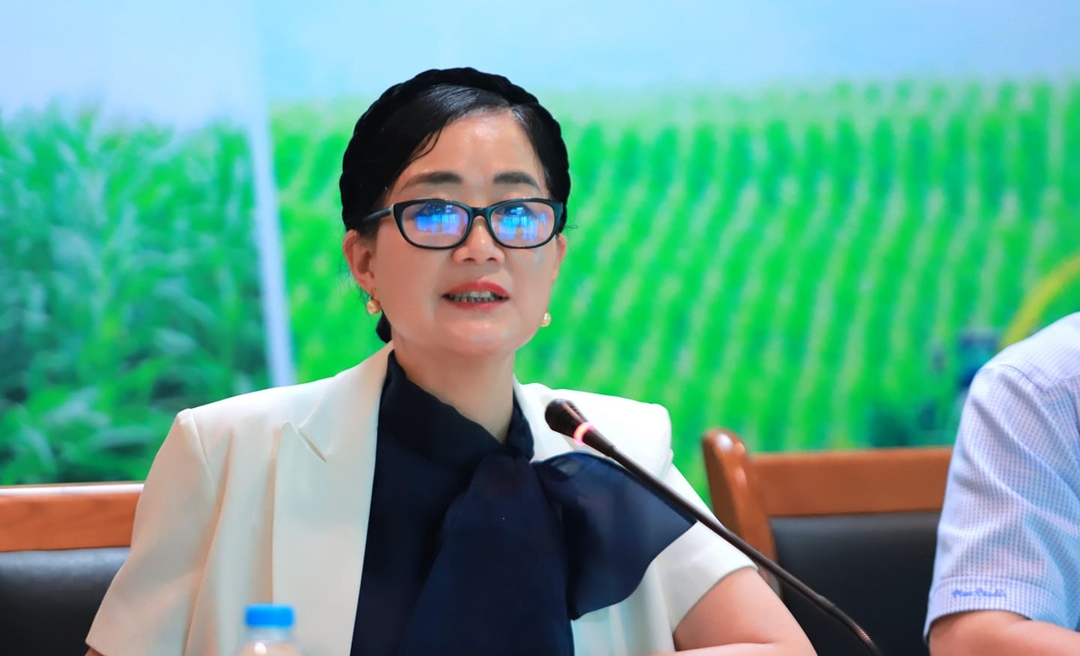
Ha Thuy Hanh, Deputy Director of the National Center for Agricultural Extension talks about some effective biomass maize growing models. Photo: BT.
Deputy Minister of Agriculture and Rural Development Phung Duc Tien said that livestock production was a major pillar of agriculture, with an average growth rate of 4.5-4.6 per cent per year during the past ten years. In the same period, meat production of all kinds increased 1.7 times, eggs increased 2.7 times, fresh milk increased 4 times, and industrial animal feed increased more than 2 times.
The output of meat, eggs and dairy meets the needs of nearly 100 million people and 17 million tourists annually, contributing to making livestock account for 25.2 per cent of the total value of the agricultural sector.
Although its significant role, the livestock industry still faces many challenges including infectious diseases, climate change and natural disasters, fluctuations in the market for raw materials for animal feed, and fluctuations in the market for products. Particularly, the continuously increasing price of animal feed significantly affects the livestock industry.
Ha Thuy Hanh, Deputy Director of the National Center for Agricultural Extension, suggested a solution to self-mixing feed for pigs and chickens to reduce costs. Another solution is planting biomass corn to make animal feed.
Although bringing many benefits, those activities were still spontaneous, and the quality and output were not guaranteed, Hanh said.
"We recommend and encourage farmers to plant according to the instructions of the agricultural authorities, by the techniques instructed by agricultural extension officers," she said.
The cultivation of biomass maize has just been developed in some provinces such as Dong Nai, Nghe An, and Son La. In other localities, the cultivation is almost scattered, and large raw material areas have not yet been clearly formed.
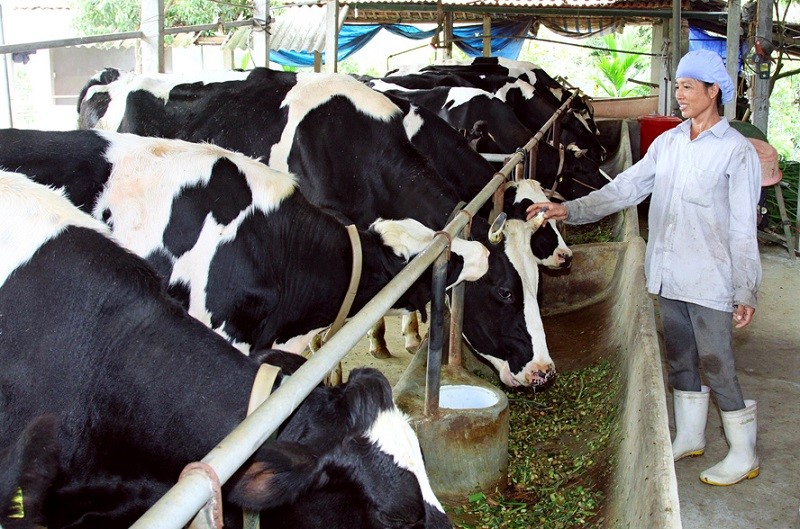
The seminar organised by Nông thôn ngày nay (Countryside Today) newspaper focused on specific solutions for varieties and farming processes for farmers.
In Hanoi, the livestock industry still has to deal with urbanisation issues. Nguyen Ngoc Son, Director of the Sub-Department of Livestock and Veterinary Medicine, said that the city had planned not to raise livestock in four areas including the inner city districts; 4/9 communes of the Son Tay Town; 6 towns of 5 outlying districts; urban areas, high-rise buildings in the suburbs are included in the planning.
Therefore, to solve the problem of food for nearly 10 million people, Hanoi advocates keeping the total herd but improving the quality of livestock. Specifically, it would maintain stable 38-40 million poultry; 1.6-1.8 million pigs. Simultaneously, the city also plans to promote science and technology, innovate, and build large cattle breeding areas in suburban districts like Ba Vi and Soc Son.
"After Covid-19, the purchasing power of the whole population decreased. It is difficult for farmers to calculate input and output costs. There is a phenomenon that poultry farmers in Hanoi have switched to raising pigs and growing crops. With the specific nature of the capital, we have advised the Department of Agriculture and Rural Development and the City People's Committee to focus on developing livestock in key industries, instead of spreading it out," said Son.
Deputy Director of the Department of Livestock Production Tong Xuan Chinh proposed a plan to focus on producing Vietnam’s competitive products, for example, wet rice and maize.
"The livestock strategy will convert a lot of land with low productiveness. We must not keep exporting US$3 billion of rice but spending US$6 billion importing animal feed. Besides land accumulation and increased mechanisation, it is necessary to closely link farmers with businesses to build chains," Chinh analyzed.
For small livestock households, he suggested farmers increase the raising of indigenous and specialty animals. If maize is grown to partially solve the problem of animal feed, people should choose transgenic maize varieties with good yield and disease resistance.
Translated by Hien Anh
/2025/06/17/3942-2-143243_548.jpg)
(VAN) Recently, in Sweden, the Secretary of the Binh Dinh Provincial Party Committee presented the Investment Registration Certificate for the 'Polyester Fabric Recycling Complex' project to SYRE Impact-AB Company.
/2025/06/12/3721-2-202745_83.jpg)
(VAN) TH made an impression at Seoul Food 2025 with its line of natural beverages, paving the way for Vietnamese food products to enter the South Korean market.
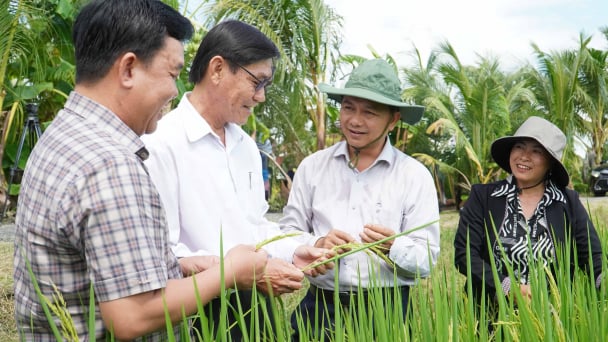
(VAN) Soc Trang's success in rice exports stems from a strategy of developing fragrant and specialty rice cultivation areas and standardizing production toward low-emission practices.
/2025/06/11/1311-5-120811_839.jpg)
(VAN) The pig farming industry is facing the challenge of comprehensive restructuring to meet requirements for quality, safety, traceability, and market expansion both domestically and for export.
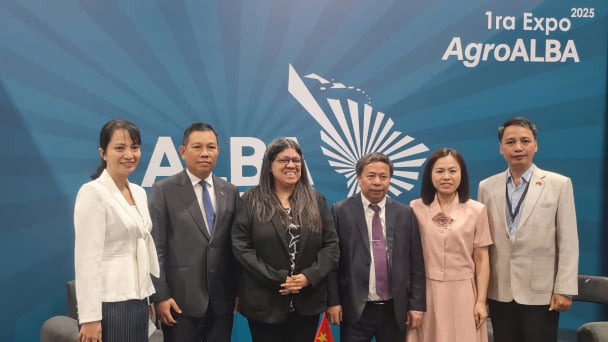
(VAN) Vietnam considers participating in ALGROALBA in order to expand agricultural production, coordinate the assessment and effective exploitation potential land.
/2025/06/05/5314-1-184727_407.jpg)
(VAN) From seemingly worthless fish scales and skin, enzymes and lactic ferments can transform by-products into peptides, opening a sustainable, effective business direction and elevating Vietnamese seafood.
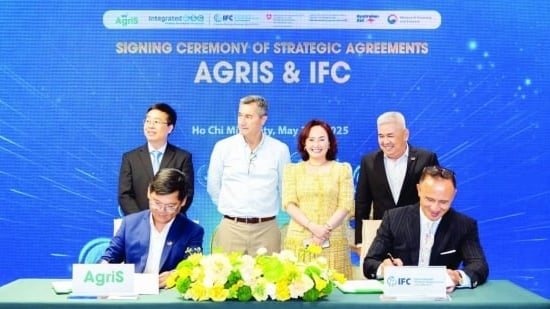
(VAN) TTC AgriS and IFC signed a strategic partnership to develop a sustainable agricultural value chain, aiming to achieve the Net Zero target by 2035.